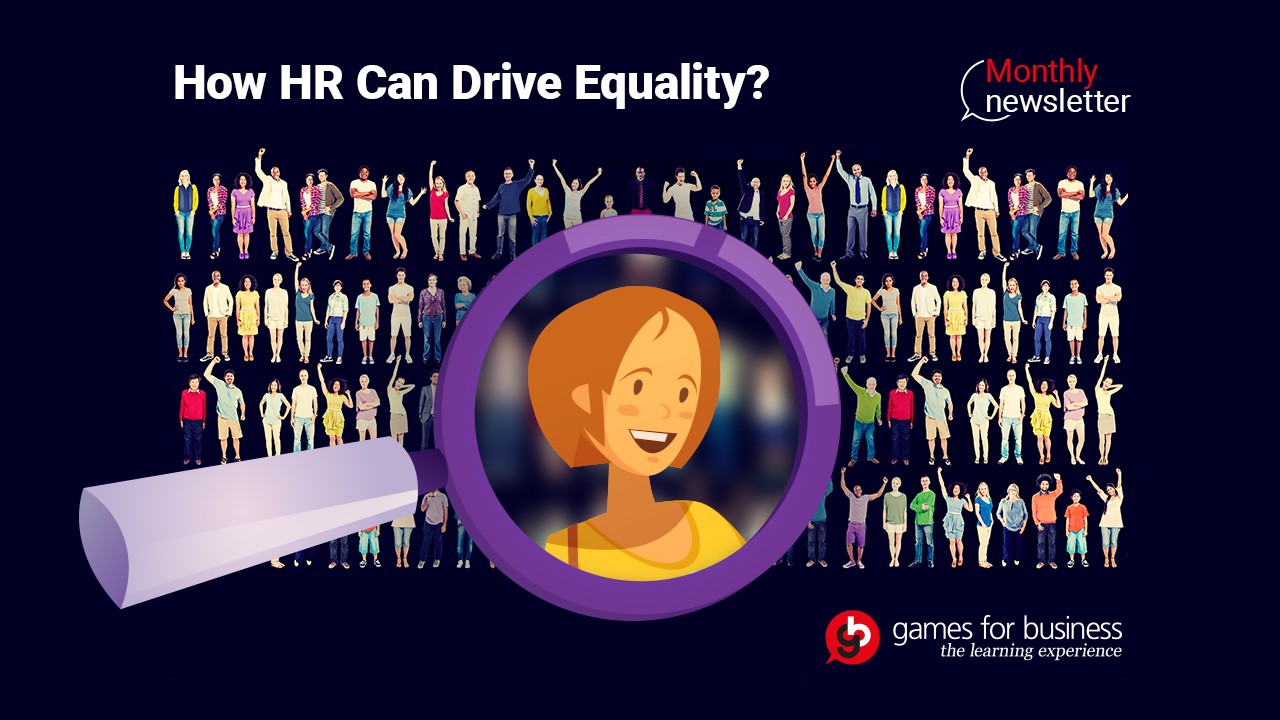
Diversity, Equity, and Inclusion (DEI), why are they such trendy buzzwords nowadays? Because people do not want to be discriminated anymore! However, most workplaces are still lacking true equality in 2023. And watching a pretty colorful cast in most new TV series and cartoons does not seem to solve the problem. So, how can HR promote equality and sensitize the resisters? We do our best to find the right answers in the following article.
What does diversity and inclusion mean in the workplace?
Diversity is not just about race and gender, it applies to all the differences that are often misunderstood by others. The problem is larger than we often realize: 51% of European employees said that they faced some type of discrimination during the last 12 months in Michael Page's survey. Most of the time people are discriminated against because of their age, gender or social background, but people with disabilities, different sexual orientations, and cultural or religious backgrounds tell the same story.
A diverse workplace makes everyone feel safe, respected, and valued, it offers a safe space to share, learn, collaborate, and grow. It welcomes every segment of gender, sexuality, persons with disability, neurodiversity, or different races and ethnicity.
What are the reasons why companies who stand up and act for diversity and inclusion are more successful?
Diversity and inclusion are crucial components of a successful company. Companies that stand up for diversity and inclusion have a competitive advantage over those that do not. Here are a few reasons why:
1. Diverse perspectives lead to better decision making
When a company has a diverse workforce, it benefits from a range of perspectives and experiences. This leads to better decision-making because different viewpoints are considered. A diverse team can come up with more creative solutions to problems and can identify opportunities that may have been overlooked by a homogenous group.
According to Deloitte Insights, diverse thinking brings 20% more innovation and 30% less risk into business.
2. Inclusion boosts employee engagement
When employees feel included and valued, they are more likely to be engaged and committed to their work. This results in higher productivity, better performance, and lower turnover rates. When employees feel that their contributions are appreciated, they are more likely to go above and beyond what is expected of them.
Fast Company report says companies with above-average gender diversity and employee engagement levels outperform other companies by 46% to 58%.
3. Diverse companies attract top talent
Companies that prioritize diversity and inclusion are more attractive to top talent. Job seekers are looking for companies that value diversity and offer an inclusive work environment. By standing up for diversity and inclusion, companies can attract the best and brightest employees.
By the way, you never know who could be your key people, it can literally be anybody. For example, Inc. research has found that hiring more working moms is pretty good for the business: "respondents credit themselves with bringing their "mom skills," like empathy, efficiency and multitasking to their jobs."
4. Diversity and inclusion are good for business
Studies have shown that companies that prioritize diversity and inclusion have higher financial returns than those that do not. This is because diverse teams are better able to understand and serve diverse customer bases. Builtin's statistics show that diverse companies enjoy 2.5 times higher cash flow per employee and increase revenue by 19%.
How technology and HR hand-in-hand are enabling diversity and inclusion?
1.Develop a diversity and inclusion strategy
HR should work with senior leaders to develop a diversity and inclusion strategy that aligns with the organization's goals. The strategy should include measurable objectives and a plan for achieving them.
2. Review hiring and promotion practices
HR should review hiring and promotion practices to ensure that they are fair and objective. HR can use data to identify any biases and take steps to address them.
3. Provide diversity trainings
HR should provide diversity trainings to employees to help them understand the importance of diversity and inclusion. Trainings should cover topics such as unconscious bias, cultural awareness, and inclusive communication.
4. Foster an inclusive culture
HR should foster an inclusive culture by encouraging open communication, celebrating diversity, and providing opportunities for employees to share their perspectives. HR can also establish employee resource groups to support underrepresented groups.
5. Monitor progress
HR should monitor progress towards diversity and inclusion goals and regularly report to senior leaders. HR can use data to identify areas for improvement and take corrective action.
We at Games for Business are determined to support you in all stages along your journey to become an open-minded and diverse company. Thanks to our "full-service package" we support you from strategic planning to project implementation and beyond. Our gamified learning platform can serve you in several ways to achieve equality at the highest level such as through an effective gamified digital recruiting process or FUN awareness training. With our approach, even the most stubborn opponents could be converted into advocates for the topic!
The article was written by Laura Kecskés
Thank you for reading our newsletter!
We hope you found it informative and engaging. As we plan for our next discussion, we would love to hear from you: what HR challenges would you like us to cover next?
Please take a moment to complete our survey and share your thoughts! Your feedback will help us to create content that meets your needs and interests. We look forward to hearing from you and sharing more valuable insights in our next issue! (Click here!)

